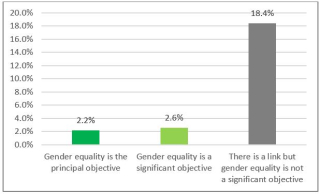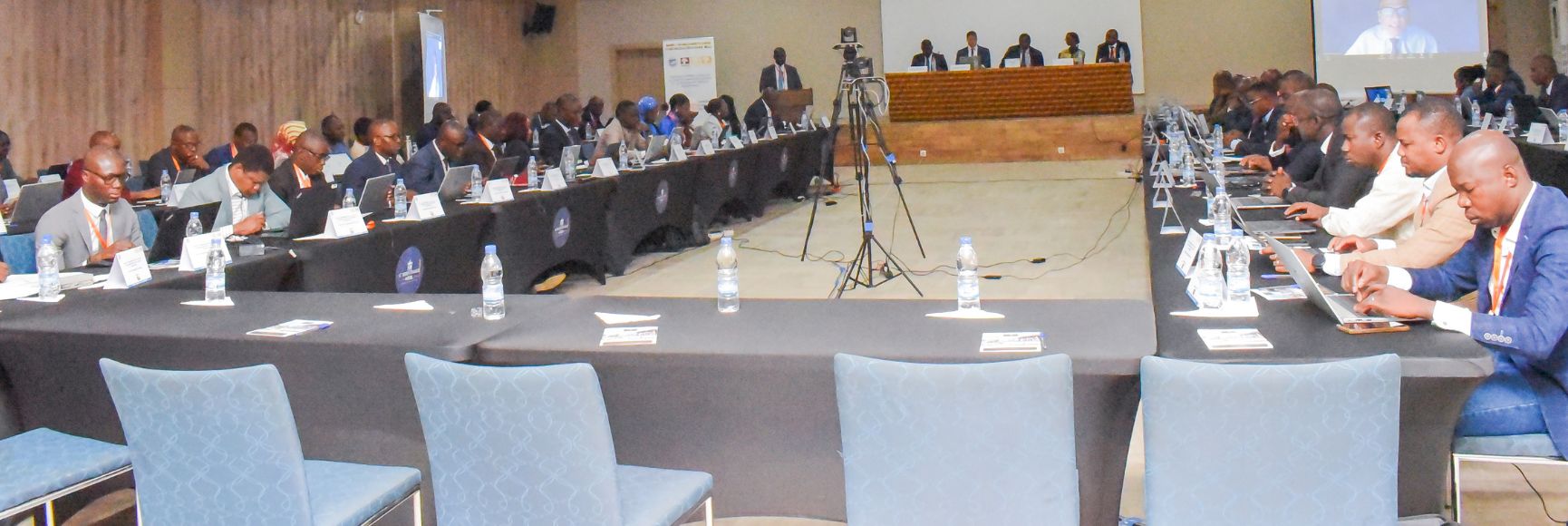Togo has undertaken ambitious budget reforms in recent years. The flagship reform was the transition from line-item to program budgeting in 2020, that was used as an opportunity to introduce gender budgeting. Developing gender budgeting requires substantial effort, a medium-term learning perspective and persistence. Anchoring the political objective of gender equality within the budget, the core policy instrument of government, promises better budgetary decisions. This year, the Togolese authorities are preparing their second Gender Budget Statement.
The process of introducing gender budgeting in Togo started in 2018 with the support of the IMF’s technical assistance. Good results have already been achieved through a participatory approach which includes gender focal points in sectoral ministries and institutions. The six original pilot ministries were joined this year by an additional four ministries[1]. A small group of gender experts selected from different institutions reports to the Prime Minister and the Ministers of Finance, Women, and Planning to define Togo’s approach to gender budgeting. The authorities intend to formalize this arrangement by creating a gender budgeting unit within the Ministry of Finance that will spearhead gender budgeting across government. Regular communication with the public has been key to support the process. Coordination of the overall approach has been facilitated by an IMF resident advisor to the Minister of Finance.
The introduction of gender budgeting included training and awareness-raising of ministries and institutions. A decree on the publication of economic, financial and budgetary documents, approved in early 2020, paved the way for a Gender Budget Statement. Later that year, a roadmap for gender budgeting was developed with IMF technical assistance, defining methodological, technical, legal and organizational aspects, as well as tools and processes.
Implementation of this roadmap will be phased. Key milestones are: (i) integrating the process in the budget calendar; (ii) providing gender budgeting instructions and templates in the budget circular; (iii) formulating specific gender-related budget allocations based on a gender impact assessment of selected pilot ministries; and (iv) publishing a Gender Budget Statement that highlights the linkage of budgetary expenditures to the government’s national gender equity and equality policy. On the institutional side, the roadmap includes clarifying the roles and responsibilities of the Budget Directorate in the Ministries of Finance, Planning, and Women, and the gender focal points.
Pilot ministries undertook a quantitative analysis of gender-sensitive expenditure in the budget based on the OECD-DAC gender marking methodology[2]. The results were summarized in the Gender Budget Statement that also includes a detailed presentation of gender policies and measures at national and sectoral level. Unsurprisingly, with Togo just having started its gender budgeting journey, the level of gender sensitivity is not yet very elevated (see Figure below). Within the six pilot ministries, 4.8 percent of expenditure has principal or significant gender equality objectives, while 18 percent has some link to gender equality (for example, gender indicators) or some limited impact on equality.
Togo: Gender-sensitive expenditure in the pilot ministries
(% of total expenditure)
Source: Togo, Gender Budget Statement 2022, presentation by the authors
During the 2022 budget process, financial envelopes were set to determine gender budgeting allocations within the government’s budgetary framework. Instructions were provided in the budget circular sent by the Prime Minister to all the ministries, with templates to assist officials in identifying high impact activities and gender sensitive budget allocations within their ongoing programs, projects and activities. The officials in charge of gender budgeting in the ministries were involved in budget negotiations and the discussions in Parliament.
The presentation of the 2022 Gender Budget Statement was preceded by training for central government officials and members of Parliament as well as a media campaign to inform and involve the public. For monitoring the impact of gender-related spending, automatically generated quarterly and annual performance reports will be supplemented with additional disaggregated information on gender inequalities.
Challenges that lie ahead include the introduction of quality management processes, making sure the marking methodology is applied consistently across an expanding number of users, as well as the introduction of in-depth gender impact analyses. These measures will help increase the impact of existing policies and programs on gender inequality.
[1] Pilot ministries included the Ministries of Public Works, Primary and Secondary Education, Health, Women, Agriculture, and Youth. In 2022 the Ministries of Justice, and Higher Education, the Prime Minister’s Office and the Court of Auditors have joined this group.
[2] See OECD: this methodology tags programs and projects using gender sensitivity criteria.
Note: The posts on the IMF PFM Blog should not be reported as representing the views of the IMF. The views expressed are those of the authors and do not necessarily represent those of the IMF or IMF policy.






